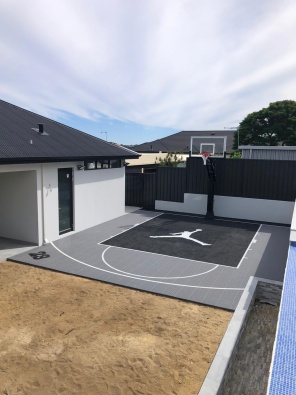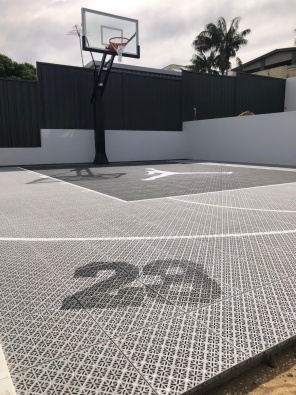
Precautions for outdoor PVC sports floor construction
Due to the relatively harsh outdoor environment and long-term exposure to the sun and rain, there are many requirements for floor materials that are paved outdoors. So what are the precautions for laying PVC sports flooring outdoors?
1. Before construction: inspect the ground base layer. Ground inspection and treatment are one of the most important links in laying outdoor PVC sports floors. The types of floors are complex and the handling must be cautious. It is required that all base layers must be solid, smooth, clean, dry, etc., to remove all debris that will affect the bonding effect of the two-component adhesive, and it is also required that the ground base layer has no structural defects. To
1. For the construction of outdoor PVC floor materials, the unevenness of the base layer should be less than 2 mm within the range of a 2 meter ruler, otherwise suitable self-leveling should be used for leveling (please follow the standard self-leveling construction process and strict technical requirements Construction)
The strength of the ground base should not be lower than the requirement of concrete strength C-20, otherwise suitable self-leveling should be used to strengthen the strength;
3. Use a moisture content tester to detect the moisture content of the ground base, and the moisture content of the base should be less than 2%;
4. Use a hardness tester to detect that the surface hardness of the ground base layer is not less than 1.2 MPa;
5. Use a thermometer and hygrometer to check the temperature and humidity. The outdoor temperature and the surface temperature should be 15-20℃, and the construction should not be below 5℃ and above 35℃. The relative air humidity suitable for construction should be between 20%-75%;
6. The specific construction can be carried out flexibly according to local conditions, but the pre-conditions of outdoor PVC floor paving must be met.





